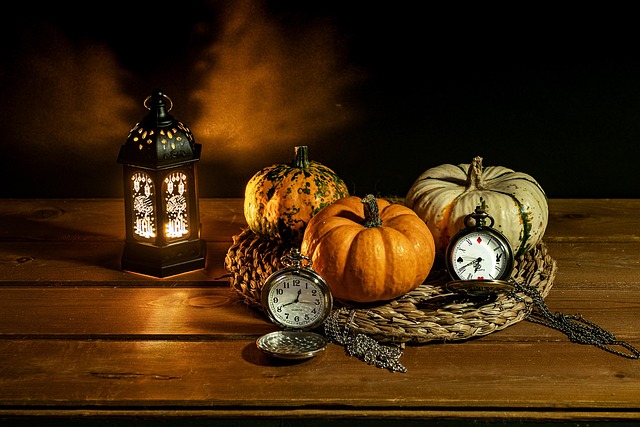Exploring the Art of Composition in Fine Arts: A Cultural Perspective
Composition is more than just the arrangement of elements within a painting; it’s an intricate dance that echoes the cultural tapestries from which it originates. In the realm of fine arts, composition serves as a bridge that connects the artist’s vision to the viewer’s perception, creating a dialogue that transcends time and geography.
Throughout history, art has been a mirror reflecting the values, beliefs, and emotions of different cultures. From the bold strokes of an African tribal mask to the delicate lines of an Asian watercolor, the composition in these artworks tells profound stories. As we delve into the art of composition, it’s essential to recognize how culture influences artistic choices, impacting the way artworks are structured and the feelings they evoke.
In Western painting, for instance, the principles of composition often emphasize harmony, balance, and perspective. Classic works by masters like Leonardo da Vinci and Claude Monet demonstrate a meticulous arrangement of elements that guide the viewer’s eye through the artwork. This structured approach often mirrors the cultural context of order and rationality celebrated during the Renaissance and Impressionist eras.
Conversely, Eastern art often embraces asymmetry and spontaneity. In traditional Japanese ink painting, the composition might appear effortless, yet each brushstroke is deeply intentional, reflecting the culture’s appreciation for nature and impermanence. Here, composition becomes a vehicle for expressing harmony between mankind and the environment, inviting the viewer to ponder the transient beauty of life.
Indigenous art forms provide yet another fascinating perspective on composition. Take, for example, Aboriginal dot painting, where the placement of each dot and color contributes to a larger narrative rooted in ancestral stories and connections to the land. The composition here is not limited to visual aesthetics; it speaks to the community’s identity and their relationship with the world around them.
As contemporary artists continue to explore and redefine composition, they often draw from a diverse palette of cultural influences. The blending of styles—be it through mixed media, digital formats, or global collaborations—creates dynamic compositions that resonate with a broader audience. These modern interpretations challenge the traditional confines of what art can and should be, inviting all to engage in the evolving dialogue of culture through composition.
In the end, the art of composition in fine arts is not merely about creating visually appealing images. It is a profound exploration of cultural identity, emotional expression, and the shared human experience. Each stroke, shape, and color is laden with significance, inviting viewers to step into the artist’s world and connect with the deeper narratives embedded in the fabric of culture. So, as you stand before a painting, take a moment to consider the composition and the rich cultural stories it may hold.




